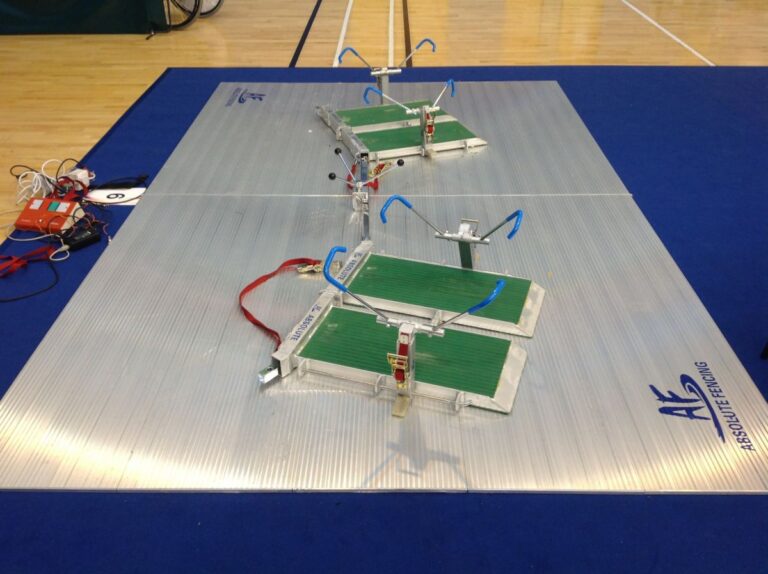Instructional Videos
Videos coming soon! Huge thanks to Fencers Club in Manhattan, NY for helping with content for this page.

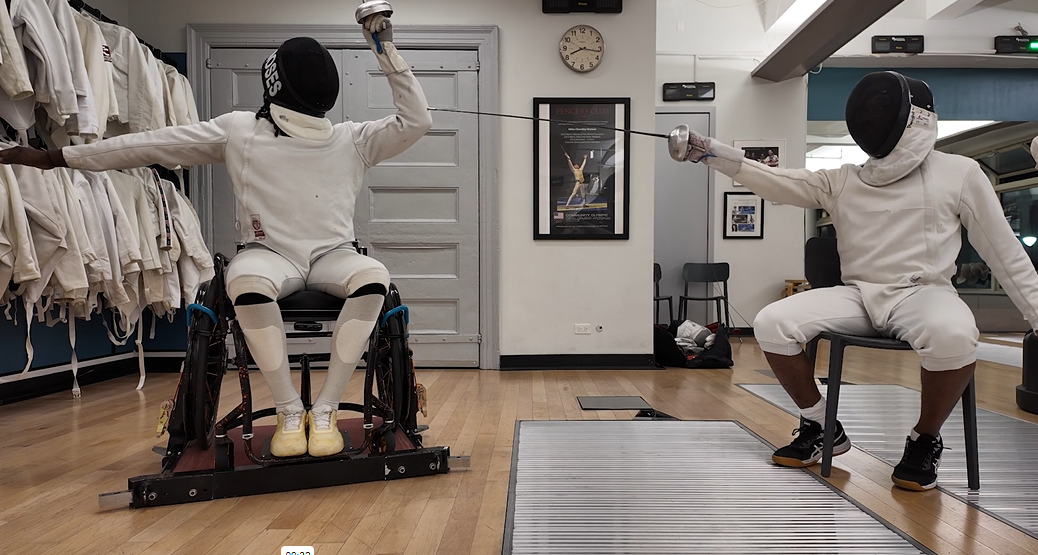
Determining Distance
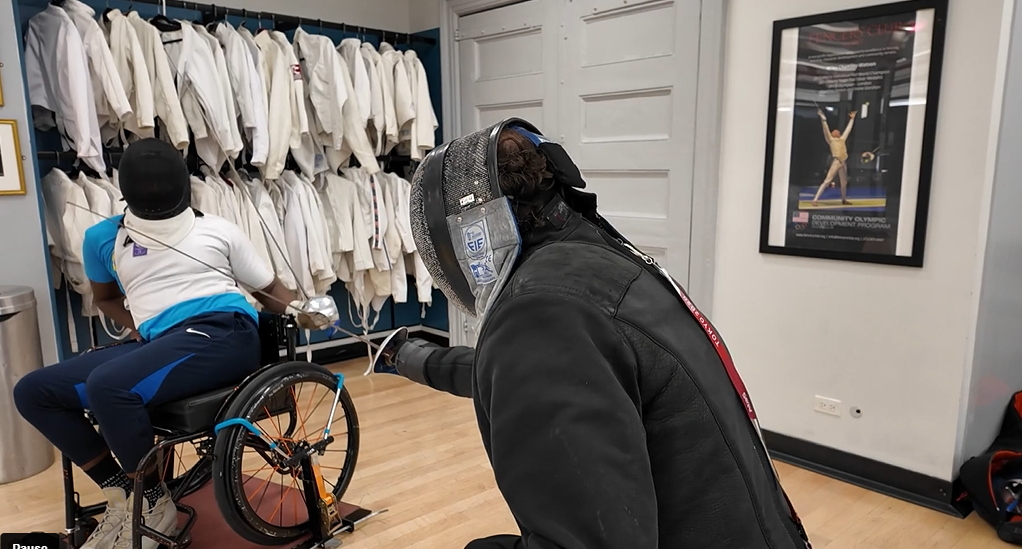
Right of Way
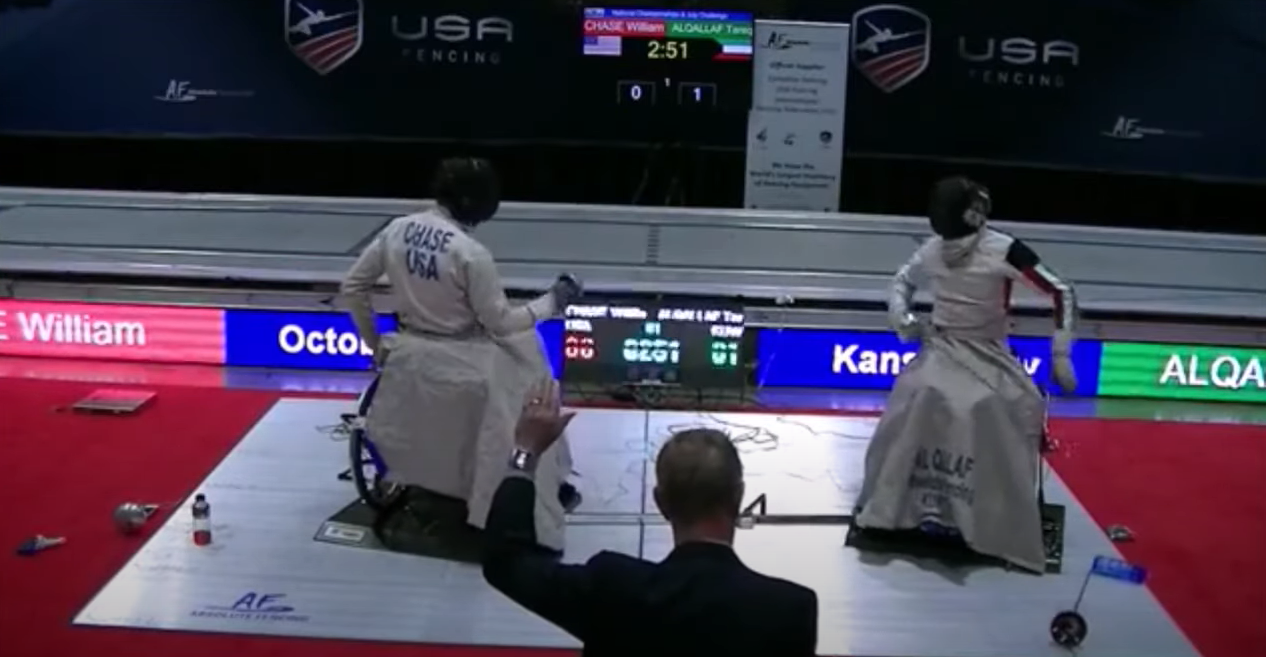
Competition Footage

Practicing against Able-Bodied Opponents
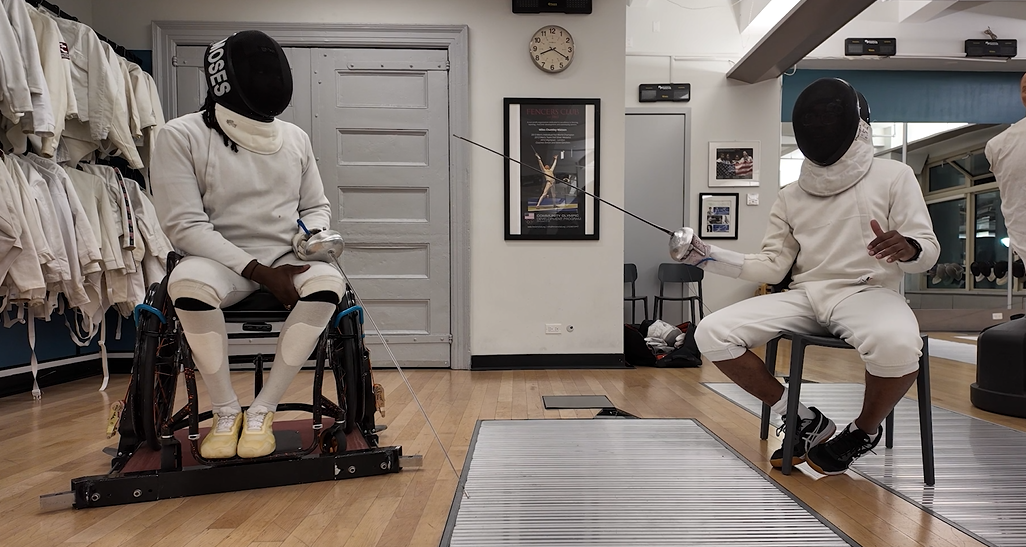
Structure of a Tournament
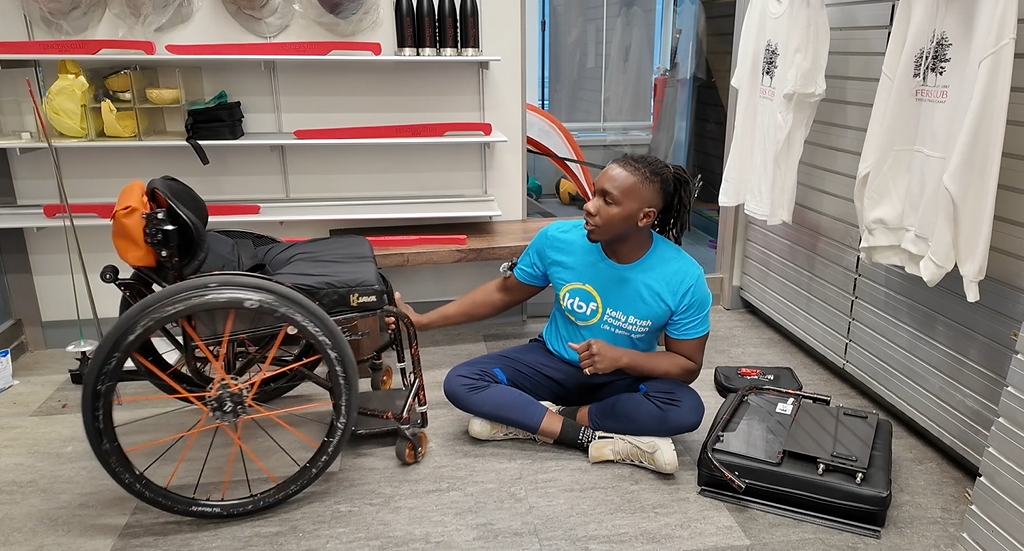
Chair & Reel
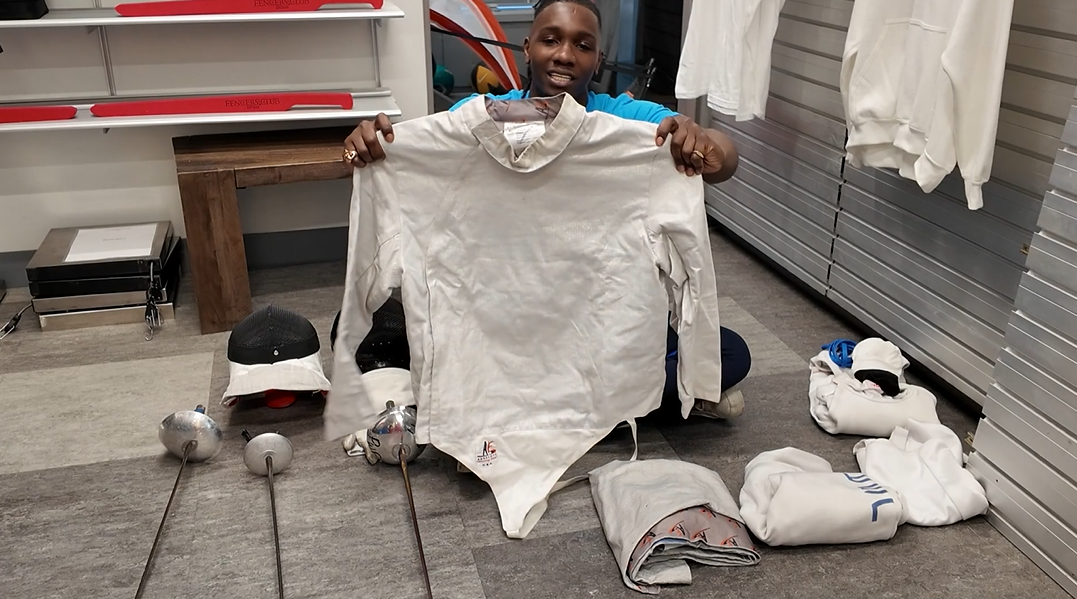
Protective Equipment



